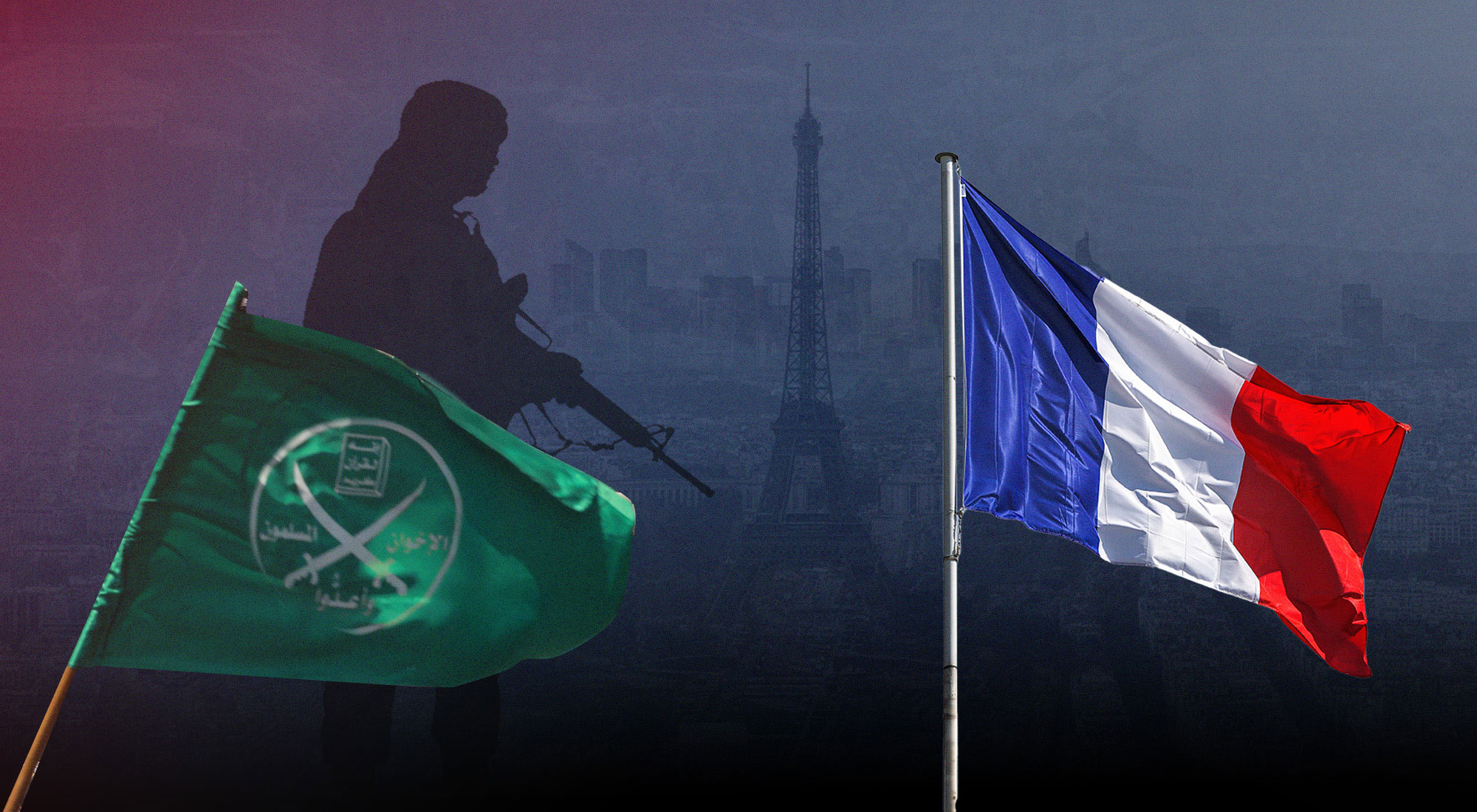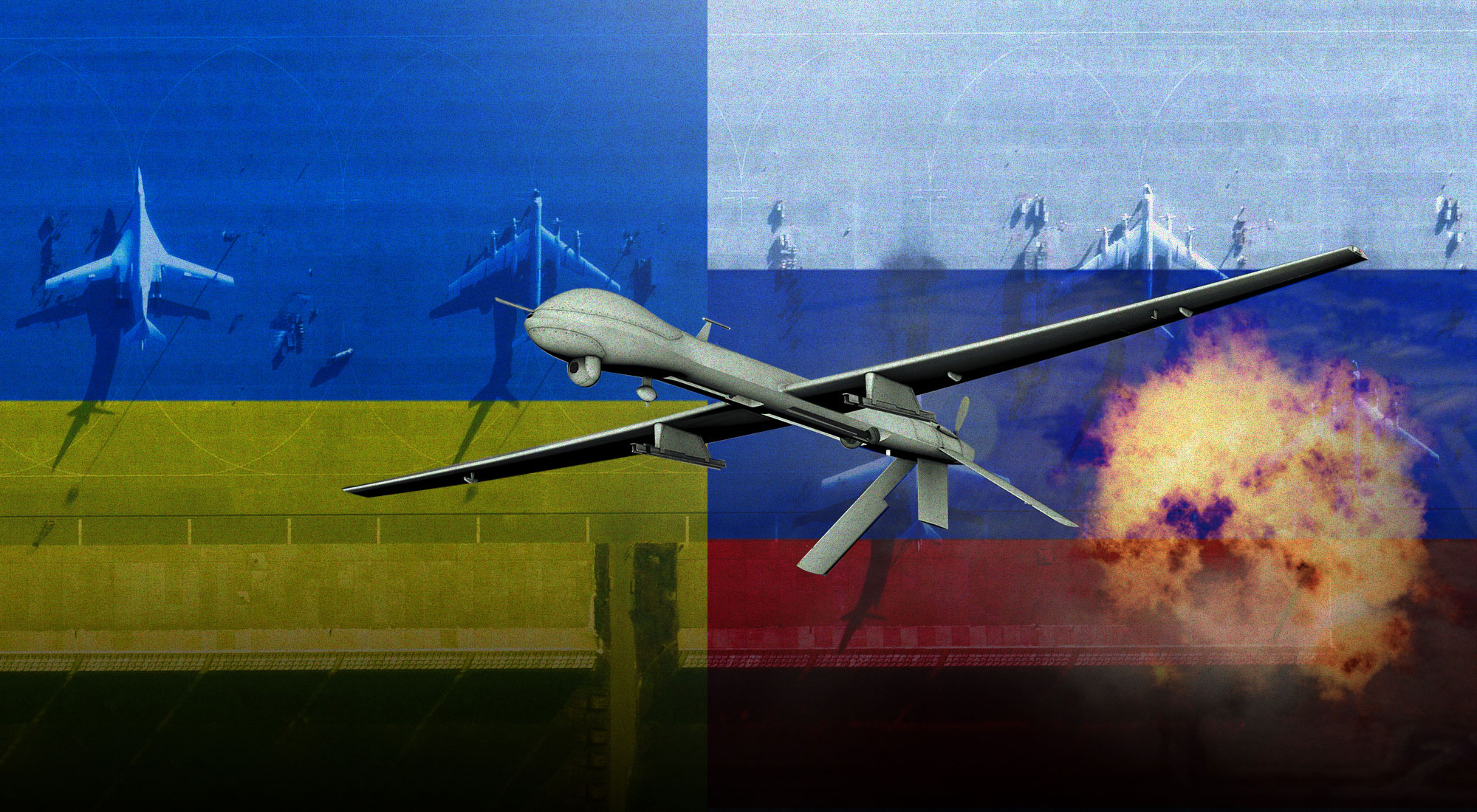On 7 June, ISIS/Daesh carried out attacks in Tehran, targeting the Iranian parliament and the burial shrine of the Islamic Republic’s founder, Ayatollah Ruhallah Khomeini. These attacks mark a major turning point in Iran’s internal struggle with terrorism and militancy. The dual terror attacks also underscore the evolution of the global jihadist movement’s policy toward Iran. First, it breaks with al Qaeda’s neutral policy toward the Islamic Republic of Iran, long used by that group for years as a transit point. Second, it shows Daesh is expanding its strategic policy of “polarize and conquer” where it seeks to exploit divisions and fractures in society. This strategy has been effectively utilized in Iraq and more recently in Turkey, and applied this time to Iran’s minorities.
In its claim of the Tehran attacks that killed 17 people and injured dozens others, Daesh warned the “rafida of Persia” (a pejorative term referring to Shia Muslims) it will “relentlessly bleed them to death, destabilize their security situation and destroy their institutions”. Iran is engaged directly, and through proxies, in the war on Daesh in Iraq. Tehran has also buttressed the regime of Syrian President Bashar Assad against a largely Sunni led rebellion. Yet unlike, other countries, Tehran did not face, until now, any direct threat from Daesh. Iran’s relative calm until June 7 may be attributed to the previous policy adopted by al Qaeda toward Tehran.
In 2007, Osama bin Laden wrote a letter to the leaders of the Islamic State, telling them, “Iran is our main artery for funds, personnel, and communication, as well as the matter of hostages,” bin Laden went on adding “there is no need to fight with Iran, unless you are forced to”. In the backdrop of the 9/11 attacks and the ensuing American war on Iraq and Afghanistan, Iran became a major transit point and safe haven for al Qaeda. Several members of Bin Laden’s family are known to have resided in Tehran. In addition, classified documents released by Wikileaks in July 2010 reported extensive collaboration between Iran, the Taliban and al Qaeda.
The use of Iran as a transit point is illustrated by the 2004, suicide attack on the headquarters of the Kurdistan Democratic Party [KDP] and Patriotic Union of Kurdistan [PUK] in Erbil, killing 109 people, including several high level politicians. A Kurdish parliamentarian who spoke to the author underlined that “Iran had been linked to the 2004 Jihadi attacks on Erbil”. A report published by Michael Rubin for the Middle East Intelligence bulletin confirms the parliamentarian’s statement. At the time, responsibility for the blasts was claimed by Ansar al-Sunna. For Rubin, Ansar al-Sunna was an outgrowth of Ansar al-Islam a group with ties to Iran and which administration officials have linked to al Qaeda. The Kurdish politician told the author that “most of the fighters (involved in the attack) had transited from Iran”.
Al Qaeda members who spent time in Iran include Bin Laden’s son Hamza, now positioned as his political heir. Yasin al-Suri was also known as a longtime al Qaeda operative in Iran. In July 2011, the US Treasury Department identified al Suri as the head of al Qaeda’s Iran-based network. This put pressure on the Iranians to shelve al Suri for a time, before he was reactivated when the war in Syria started. In 2014, he was known for supporting the al Qaeda affiliate, the Nusra Front, in Syria. By allowing al Qaeda operatives to transit via its territories to Iraq and Syria, Iran used the insurgency against its arch enemy, the USA. To preserve its interest in Iraq and Syria, al Qaeda avoided attacking the Tehran government.
Daesh might not have liked al Qaeda’s Iran policy, but it was obeyed it until Daesh split from al Qaeda in 2014. Daesh’s waiting game toward Iran was likely governed by practical interests. Up to 2017, the organization did not appear to have the ability to organize attacks in Iran, but today it now appears to have the capability to strike back. With this goal in mind, it is resorting to a playbook successfully utilized elsewhere in the region. Daeash’s approach of “polarize and conquer” is a policy that satisfies the organization’s objectives: triggers fear, captures media attention and creates resentment and rivalry within societies. They have attempted to direct attacks in such a way that ethnic or sectarian rivalries are inflamed and then there is a backlash on minorities across wider society. This is exactly what the organization is now attempting to do in Iran; creating religious strife between Shia and Sunnis to tear the country’s social fabric.
Other examples of Daesh pursuing this strategy are evident in Iraq and Turkey. In Iraq, in the early 2000s, Abu Mussab Zarqawi, the spiritual father of DAESH triggered a bloody war against Iraq’s shiites. On March 2, 2004, Zarqawi’s group staged a series of bomb attacks on Shiites celebrating the Ashura holiday, killing at least 185 people. Zarqawi’s group was also behind a campaign of kidnappings, assassinations and bomb attacks targeting Shiites, including a suicide attack on a Shiite mosque in July that killed ninety-eight people. In February 2004, the State Department published a letter Zarqawi wrote to the al Qaeda leadership in Afghanistan highlighting his plan to attack Shiites in Iraq to ignite sectarian conflict. Daesh has followed in Zarqawi’s footsteps by staging hundreds of bombings targeting the Shiites community including the July 2016, booby trapped car that killed 300 people in Baghdad.
Akin to its Iraq strategy is Daesh’s recent actions in Turkey. Last December, a terror attack struck Turkey on New Year’s Eve, at the Reina Night Club, one of the country’s most famous entertainment venues. In this particular case, ISIS banked on vulnerabilities within the Turkish system, namely the rivalry between secularists and Islamists. The place and timing of the attack underlined Daesh’s strategic calculations. Reina was known for catering to the richest and most secular tranches of Turkey’s upper classes. The timing of the attacks was also strategic as New Year’s Eve celebrations have long been a source of tension between the secularists and conservatives.
The recent attack in Iran is a continuation of this strategy of “polarize and conquer”, creating religious strife between Shia and Sunnis in order to tear the country’s social fabric. Added to this there is the Kurdish dimension in the Tehran attack. According to the BBC, one of the Tehran attackers has been identified as an Iranian Kurd, Syrias Sadeghi who was known as a Daesh propagandist. This has been confirmed by Iran’s Intelligence Ministry. The Kurdish ethnic population is a significant minority in Iran, containing about 9% of the 80 million population. One of Daesh’s objectives in the Tehran attack is to trigger a backlash on minorities in Iran by building on the grievances of Sunni minorities located in the Kurdish, Khuzestan and Sistan Balouch areas inhabited by geographically and socio-economically marginalized populations, perceived to be oppressed by a Persian-speaking Shia majority. Iranian Kurdistan refers to the Iranian territory in the northwest, bordering Turkey and Iraq. Kurds reside in the provinces of Kermanshah, West Azerbaijan, and Illam. There are about 10 million Kurds in Iran, 70 percent of which are Sunnis. Kurdish areas have been neglected and marginalized by the central government for decades.
In recent years, Iran has been plagued by a low level minority insurgency opposing Tehran from the Iran-Kurdistan Free Life Party (PJAK), as well as the Islamic Jundallah faction. In 2014, when Daesh started expanding in Syria and Iraq, Kurdish newswire Rudaw reported at the time that the terror group was recruiting among Kurds, with reports of about one hundred young Kurds joining, mainly from the the cities of Kermanshah, Jiwanro and Bawajan. In 2016, a top Iranian military official, Iranian Army ground force chief Brigadier General Ahmad Reza Pourdastan reported that Daesh was actively recruiting individuals from the western majority Kurdish region of the country. Also in 2016, The Kurdistan Life Freedom Party (PJAK), a leftist nationalist Kurdish political faction and the Kurdistan Democratic Party of Iran (KDPI) which led the 80s insurgency, resumed violence against Tehran. Iranian Kurd groups engaged mostly in hit-and-run clashes against Iranian forces, and targeted Iranian politicians
Sunni minorities extend beyond the Kurdish to the Khuzestan and Balouch regions, which are also areas considered as outliers in Iran. In Khuzestan, the Ahwazi Arabs, include a Sunni minority (the majority of the Ahwazi are Shia) have been considered another oppressed group in Iran. Since 2005, Tehran made indiscriminate mass arrests of hundreds of Ahwazi human rights and political activists. Iran has also been struggling against an ethnic Balouch Islamic insurgency in its southeastern province of Sistan-Baluchistan. The Balouch are the indigenous people of the Baluchistan region, split among the Iranian province of Sistanand Baluchistan, the Pakistani province of Baluchistan, and Afghanistan. Jundullah, Jaish-ul Adl and Harakat Ansar Iran are the three militant groups operating in Iran’s Sistan and Baluchistan Province and carrying out attacks against Iranian interests.
Since 2003, Jundallah has targeted members of the Iranian security. Attacks by Jundallah claimed hundreds of lives. However, the arrest and killing of scores of the Islamic organization’s fighters in 2011, gave a blow to the group, with new formations such as Harakat Ansar Iran (HAI) and Jaish al-Adl (JAA) coming to the fore. According to a report by the Combating Terrorism Center, both groups claimed responsibility “for a multitude of attacks across Sistan-Baluchistan against members of the Iranian security services, particularly the Islamic Revolutionary Guard Corps (IRGC) and its elite Quds Force, Basij militias, police and border guards, as well as symbols of the Iranian state, political and clerical leaders, and soft civilian targets such as Shia mosques”. In addition, HAI claimed responsibility in 2012 for a suicide bombing in the port city of Chabahar in Sistan-Baluchistan. Last April, 10 Iranian border guards were killed by JAA.
Iran’s Sunni minority and the Sunni members of the ethnic Balouch, Ahwazi and Kurdish population have endured widespread poverty and underdevelopment. These areas are among Iran’s poorest and least developed regions. The Balouch province has the lowest per capita income in Iran, with almost 80% of Baluch living below the poverty line by some estimates. Yet, the province holds significant reserves of natural resources, including gas, gold, copper, oil and uranium. The Iranian provinces of Kurdish Kermanshah and Ilam are plagued by some of the highest unemployment rates despite the presence of oil and gas industries reserves and the petro-chemical industries that are localized there. This year, power blackouts and water shortages led to protests in the Khuzestan region. According to the New Arab, about 35 percent of Iran’s water and electricity is provided by the Khuzestan province, which also contains numerous oil and gas factories. Despite its relative wealth, poverty levels in Khuzestan are among the country’s highest.
Related to these circumstance, Sunni minorities experience religious discrimination in a country where religious identity is necessary to access high political and administrative positions. In addition, the ethnic identity of Arabs, Kurds and Balouch minorities places them at odds with Tehran. Disaffected members of Iran’s minorities provide Daesh with fresh foot soldiers allowing it to escalate its level of involvement in Iran, if that is part of its strategy in Iran.
Whether in Turkey, Iraq, or Syria, Daesh has excelled in exploiting rivalries between Islamists and secular, Shia and Sunni, as well as within and between diverse ethnic groups. Daesh seems intent on using this strategy in Iran where it may have indirect help from its arch rivals, the Iranian hardliners. A few hours after the attack, posts from hardliners took over social media, criticizing the current administration led by more moderate figure president Hassan Rouhani, blaming him for its “soft” approach to foreign politics. Hardliner groups will likely build on this narrative to strengthen their weakened political position after Rouhani’s win and push for a stronger militarized and securitized approach to the Daesh threat. If they succeed, the hardliners and Iran’s leadership will be reinforcing the Daesh playbook by further polarizing a society fraught with religious and ethnic fault lines.








